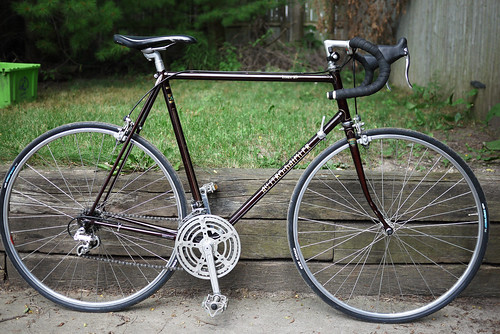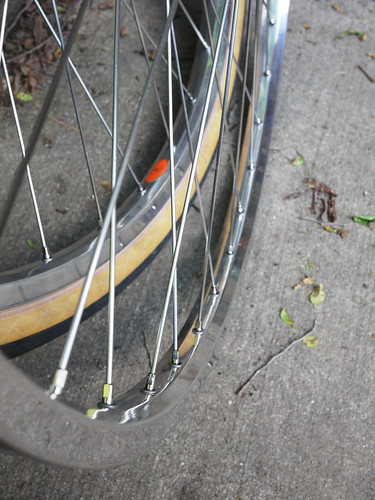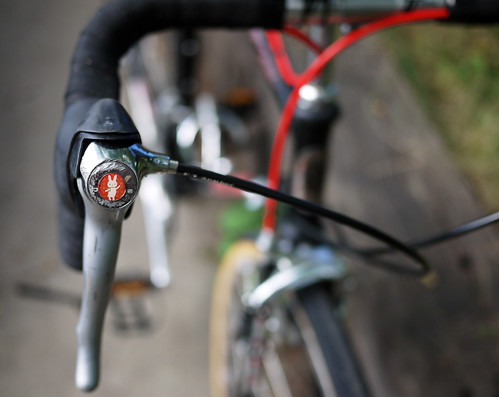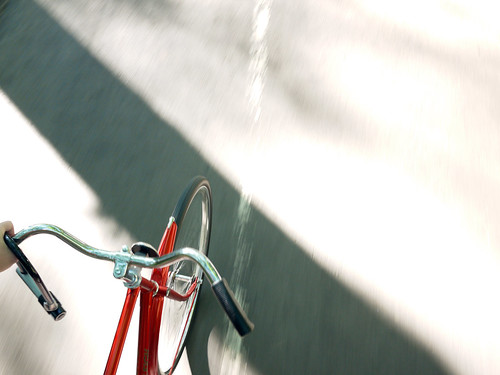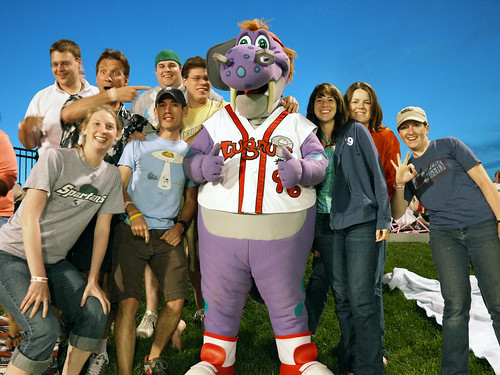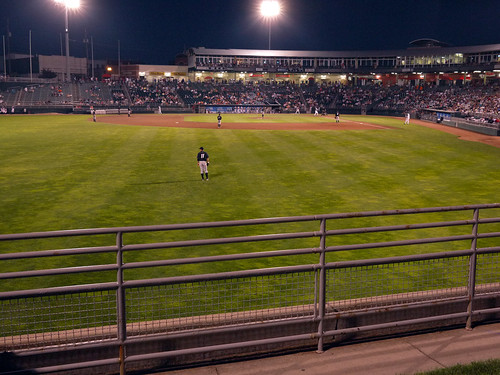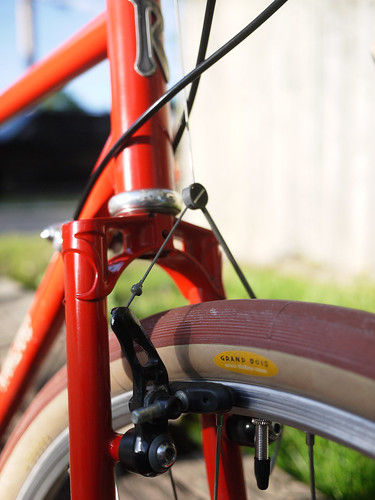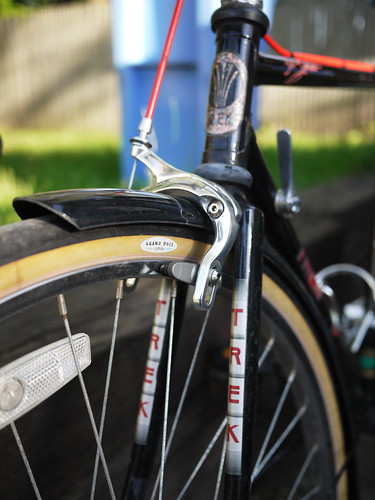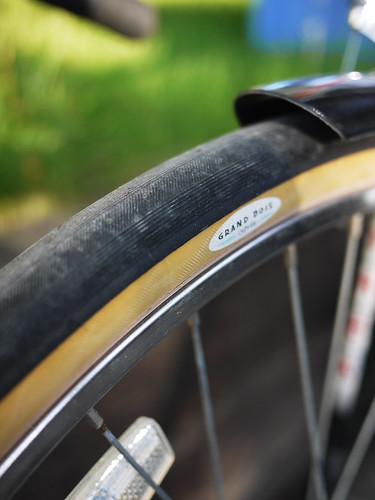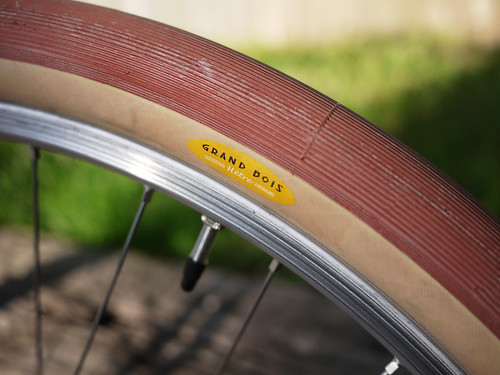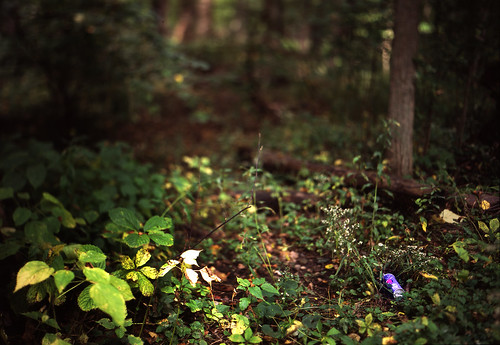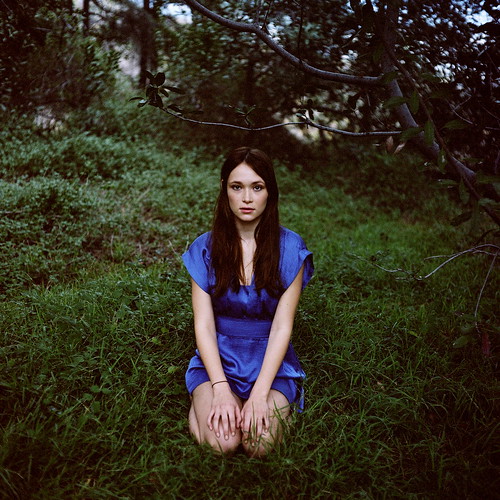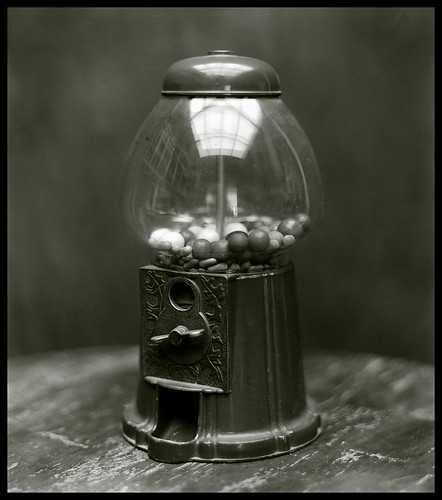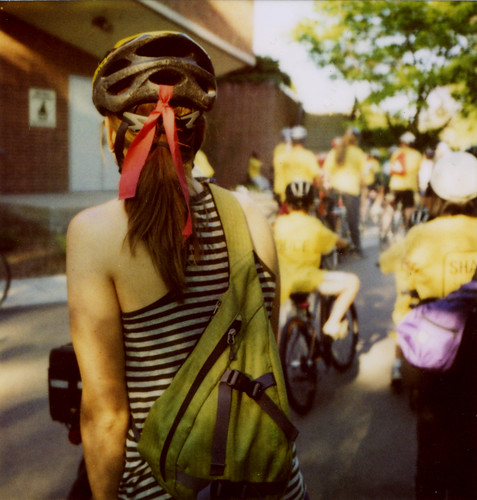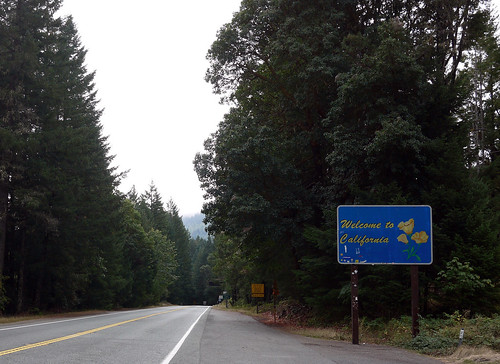
We began at Shady Cove, Oregon, and decided to drive to see the Redwoods in CA, as Crater Lake got 6 inches of snow overnight and most roads and trails were closed. The drive to Redwoods was long but interesting, following the scenic Redwood Highway up and through the mountains. Skies were mostly cloudy and temps were in the lower 40 when we headed out at about 0900. The trees just kept getting bigger as we neared the ocean.

We reached the Ranger station at about 12:30 pm near the north border of Jedediah Smith Redwood State Park; as soon as we stepped from the car the subtle scent of evergreens told us we had made the right decision to make the drive. We drove through the backwoods on a small one-lane dirt road, Howland Hill Road, and hiked around Stout Grove, curiously named after a lumber baron whose wife preserved the area after worrying it would be logged after his death. Stout Grove was a short easy hike that had great trees, the largest in the area we saw was 36 steps around by my count. The redwoods were incredible, towering above you to the point that you couldn't see where they ended. The temperatures were perfect for hiking, in the low 50s in the shade.
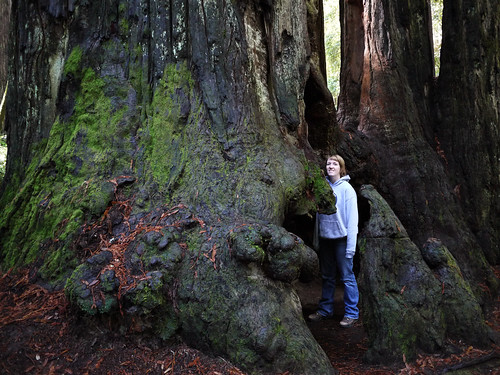


The forest itself was impressive, and the scale of the giant trees was heightened by the clearings, and small groves of low-lying clover and sword ferns that blanketed each hillside between the Redwoods.

After this area, we ate lunch in Crescent City, and headed south on route 101 along the coast. The temperature was in the high 50s at this point, with lots of sun. Lots of vistas on the way, with frequent stops to admire the view of the Pacific from high overlooks, and checking out the rough surf, sandy beaches, and huge beachside boulders from False Klamath Cove. We drove up the winding steep Requa Rd to reach the Klamath River Overlook. Grey Whales had been sighted here, but we didn't see them this day. We hiked a short but steep half mile to the scenic overlook, which was worth the effort as we were the only ones on the trail. It looked like wild raspberries were lining this trail as well, though I would check with someone who knows before eating them.
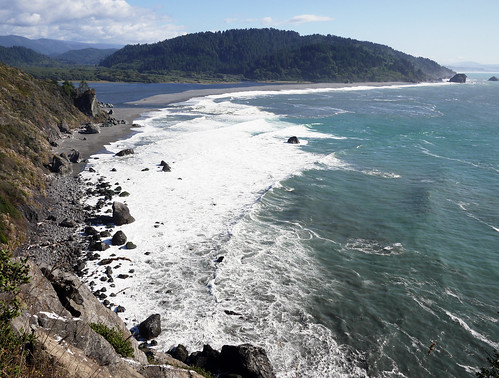
At about 4 pm, we decided to check out the scenic drive south of the area off exit 765, Newton B Drury scenic parkway, into Prairie Creek Redwoods State Park. This drive was marked with roadside giant redwoods everywhere, and many hikes we did not have the time to really investigate further. Each tree looked bigger than the next, the biggest roadside being 48 steps around by Holly's count. We came to a sign that read "Big Tree," which turned out to be a giant thick redwood about 1500 years old, 300 feet high, and 21 feet in diameter. It was lamely roped off. We read that the largest trees get to be 380 feet tall, and about 25 feet in diameter. The trees live about 2000 years.
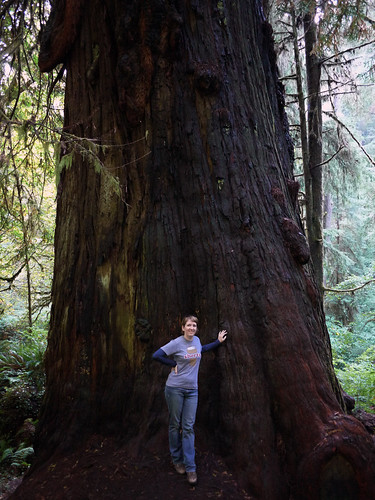
On the way back to Shady Cove in Oregon, we stopped at a Pizza shop for dinner and caught the last few innings of the Tigers vs Yankees, which was the last game of the ALDS. We found another Tiger fan at the place, and another guy who just hated the Yankees. The Tigers trie hard to blow it with a 3-1 lead, walking in a run in the 7th to make it 3-2, but they were able to close it out and win with a final of 3-2. We finally got home about 9:00 pm.
Things we missed: A 4-hour round trip drive and hike is the Tall Trees trail, which is reachable by permit only, first-come first serve daily. Redwood Creek trail looks like a fine drive as well, and there is an old WW2 radar station in the park apparently disguised as a farmhouse and barn.
More Photos Here

